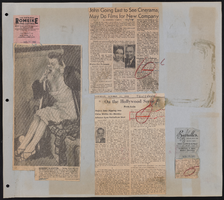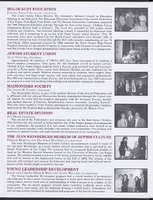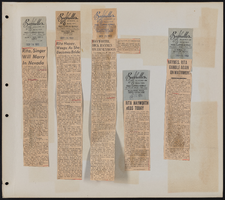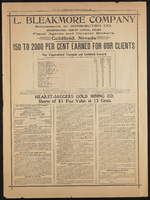Search the Special Collections and Archives Portal
Search Results
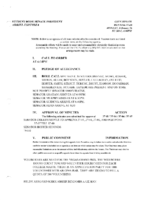
Meeting minutes for Consolidated Student Senate, University of Nevada, Las Vegas, February 26, 2007
Date
2007-02-26
Archival Collection
Description
Includes meeting agenda. CSUN Session 37 Meeting Minutes and Agendas.
Text
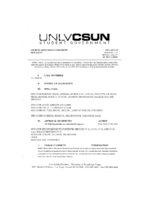
Meeting minutes for Consolidated Student Senate, University of Nevada, Las Vegas, May 21, 2007
Date
2007-05-21
Archival Collection
Description
Includes meeting agenda. CSUN Session 37 Meeting Minutes and Agendas.
Text
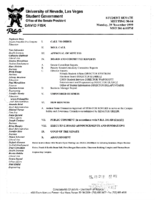
Meeting minutes for Consolidated Student Senate, University of Nevada, Las Vegas, November 29, 1999
Date
1999-11-29
Archival Collection
Description
Includes meeting minutes and agenda. CSUN Session 30 (Part 1) Meeting Minutes and Agendas.
Text
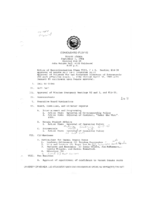
Meeting minutes for Consolidated Student Senate University of Nevada, Las Vegas, September 4, 1984
Date
1984-09-04
Archival Collection
Description
Includes meeting agenda and minutes. CSUN Session 14 Meeting Minutes and Agendas.
Text

Report about flood control in Virgin and Moapa Valleys
Date
1938 to 1950
Archival Collection
Description
Narrative that describes nineteen elements of the flood control program in the Virgin and Moapa Valleys.
Text
Pagination
Refine my results
Content Type
Creator or Contributor
Subject
Archival Collection
Digital Project
Resource Type
Year
Material Type
Place
Language
Records Classification

